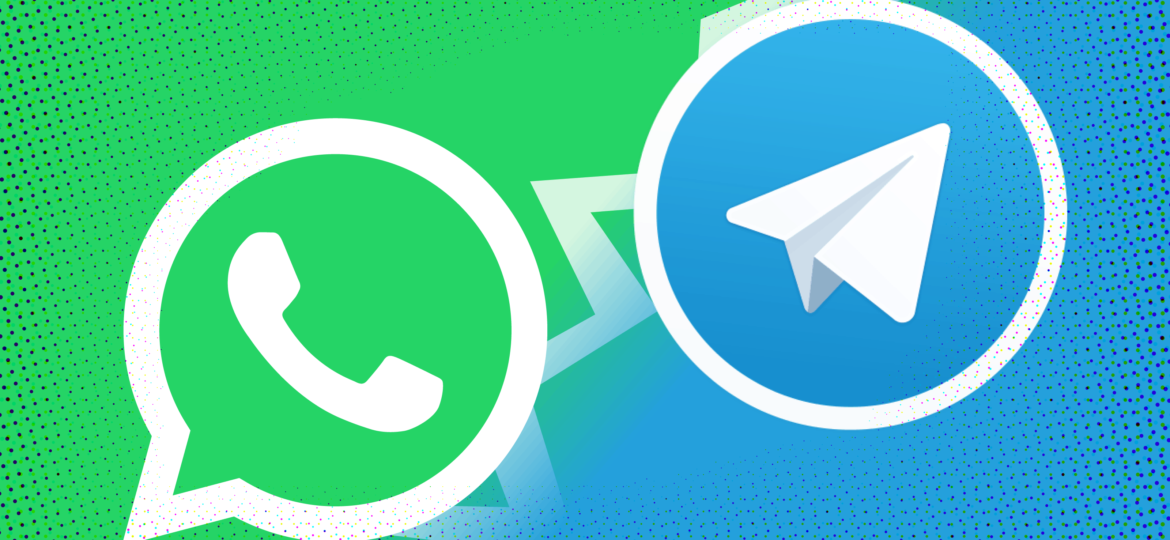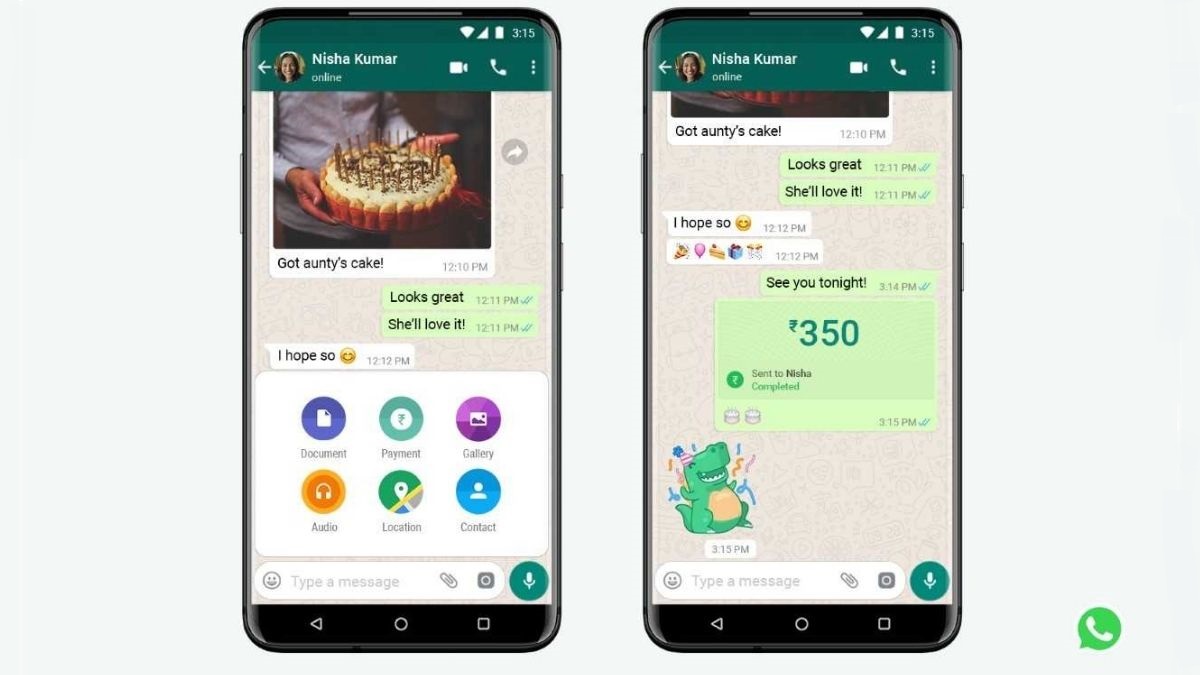
WHATSAPP VS TELEGRAM – WHICH MESSENGER APP IS BETTER?
If we talk about top messaging apps in today’s time, WhatsApp and Telegram are probably the only names that would come to mind. Instant messaging apps have undoubtedly become the norm not just in people’s personal lives but also in their professional lives. Who would’ve thought that businesses of all shapes and sizes would rely on these platforms to reach their current and potential customers more efficiently?
Both WhatsApp and Telegram are free-to-use messaging apps with which businesses can reach diverse audiences and form a more personalised connection. Even if your audience is sitting a thousand miles away, you can reach them virtually and showcase your service offerings effortlessly. But when it comes to a “This or That” situation, where do both the apps stand in terms of usability, benefits and overall performance? Let’s take a closer look.
The rise of WhatsApp
WhatsApp was founded by Brian Acton and Jan Koum, ex-Yahoo employees, in 2009. The app became an instant hit among the masses due to its easy functionality and became one of the most popular apps with a user base of over 2 billion monthly active users all across the world. Another reason why the app won billions of hearts and dollars in its lifespan and even now is because of its “No Ads, No Games, No Gimmicks” policy.
Telegram: The game changer
Telegram is another popular instant messaging app with a user base of over 400 million monthly active users. Founded by two Russian brothers, Nikolai and Pavel Durov in August 2013, the platform was created to challenge the supremacy of WhatsApp and establish a channel where free speech could be promoted. With time, the app has garnered widespread acknowledgement and acceptance from its users for its plethora of user-friendly features.
WhatsApp vs Telegram: Which is better?
Customer service support
WhatsApp, and in particular WhatsApp Business, is used by multiple brands and industries to provide seamless customer care support to their audiences. WhatsApp Business and its plenty of useful features helps brands to highlight their products and services, resolve their queries and connect with their customers in a much better way. Though it has limited functionalities as compared to WhatsApp Business API, that enables forms to link their CRM with chatbots and facilitates communication at scale.
Telegram, on the other hand, does not have a dedicated Business app or interface to facilitate business-customer interaction. This is the reason why its features are not as customer-oriented as WhatsApp’s. While WhatsApp has messaging limits for instance, it allows only 256 people to be added to a group, Telegram has no such limits. On Telegram, you can add up to 200,000 people and new subscribers can get access to older messages of the group as well.

Media file sharing
Both the platforms, WhatsApp and Telegram, allows users to share photos, videos, audio documents and other files across. In fact most of the conversations and exchange of data that takes place today happens through these apps only.
But what makes the platforms different is the size of media files that can be shared. On WhatsApp, you can share videos if their file size is 16MB or less. The overall file size limit is 100MB. Whereas on Telegram, you can share media files of any type with the limit of up to 2GB. These files are then saved in the cloud rather than the device itself.

Payment process
WhatsApp aims to make customer experience smoother than ever before. This is why they introduced the WhatsApp Pay feature for Indian users allowing them to link their bank accounts with the app. This move makes it easier for people to engage with businesses online and complete their purchase without ever leaving the app’s interface. The payment process is facilitated by BHIM UPI, a trusted mobile payment app. WhatsApp doesn’t store any of this information on its platform and the process is legitimate and safe as each transaction is processed through verification code.
Alternatively, Telegram introduced Payments 2.0 in April 2021 through which users can pay merchants on the app itself with the help of the Payments API. Being a free and open platform, Telegram doesn’t take any commission or store any payment information of their users.

Chatbot automation
The strongest and most business-oriented wing of WhatsApp, WhatsApp Business API provides complete automation solutions for businesses online. It not only allows brands to reach their target audiences at scale but also form meaningful connections by solving queries and answering FAQs to serve the needs of customers at any point in time. Not just this, the integration of a WhatsApp chatbot, provided by business solution providers such as Whizard API, can significantly improve the efficiency and performance of your customer service efforts.
On the contrary, Telegram uses third party chatbots to perform different types of tasks for its users. Their functionality is limited in nature when compared to WhatsApp chatbots. But you can keep the audience engaged by creating polls, quizzes and even automating the sharing of posts from different social media platforms.

WhatsApp and Telegram are both highly efficient instant messaging apps. But if we were to compare the two based on their functionalities and user experiences, then both the apps have varied use cases for different purposes. WhatsApp is undoubtedly the better choice if growing a business is concerned. The platform provides real-time and quick customer support while also allowing brands to showcase their entire line of products on the WhatsApp Business app itself.
While Telegram may be a better option to send/receive large files or conduct huge educational meetings online, WhatsApp clearly has a supremacy when it comes to business growth and development. WhatsApp lets you introduce AI-powered communication with its WhatsApp chatbot solution.
With automation solution providers such as Whizard API, you can integrate the power of technology and build a communication ecosystem that is as personalised as it is holistic.

